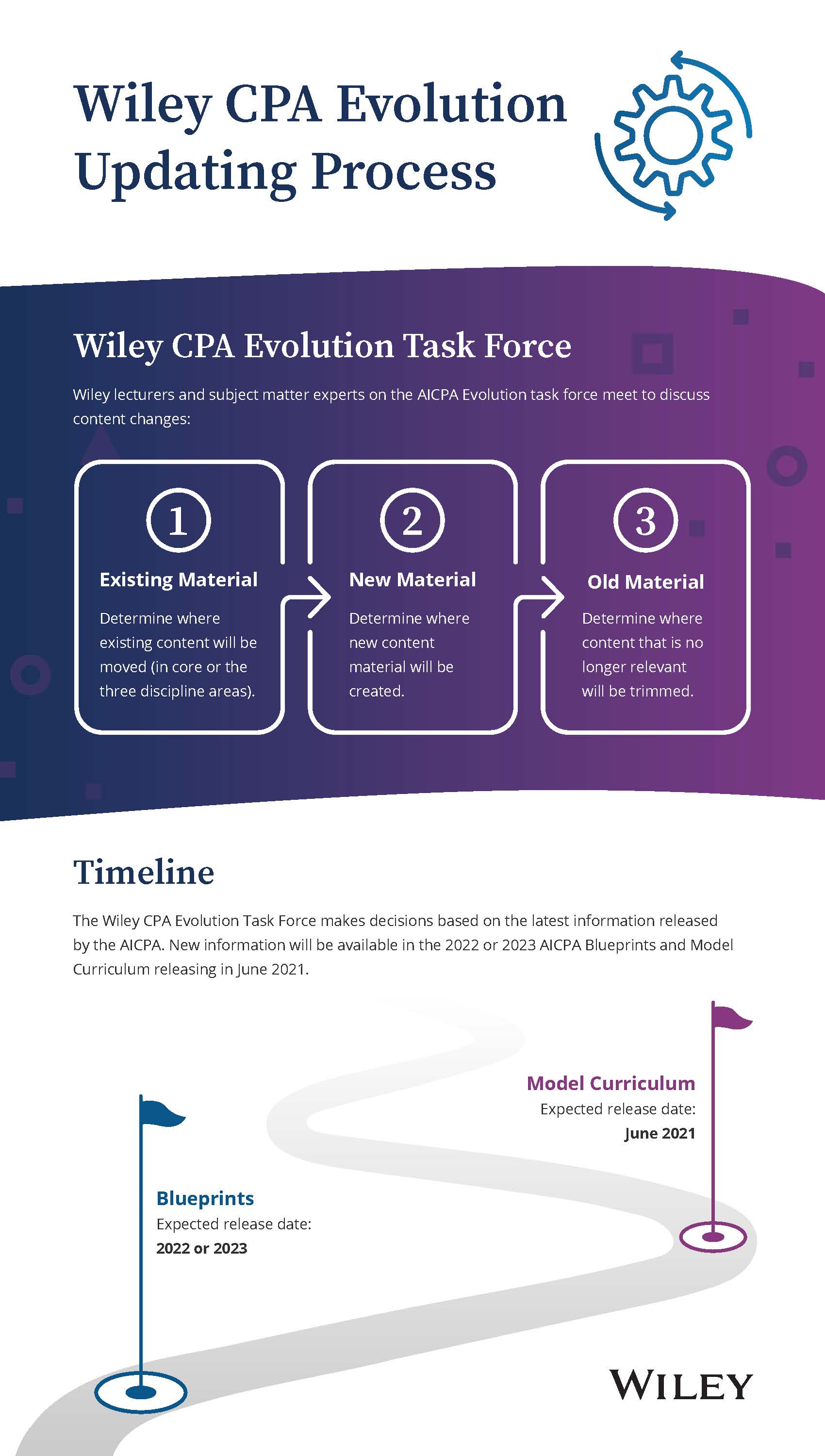communicating-with-students-without-e-mail-or-text-messaging
How we communicate has evolved since the 1980s and, while it is great to connect quickly, it can be challenging to connect effectively. I find that e-mail and text communications are inefficient for myself and my students.
My syllabus for each class includes the statement:
I provide office hours on campus and expanded phone/virtual office time five days a week. In all cases, if you have questions, ask me before or after class or call me during my available times. E-mail and texts are your last resort for communication provided you have contacted me during my scheduled office times. E-mails and texts sent outside of my planned availability will be deleted. They only create additional work and are ineffective and inefficient.
Face-to-face (F2F) office hours are on Monday/Wednesday between 1:30 pm and 2:30 pm or you can call my cell phone between 9:00 am and 1:00 pm on Tues, 9:00 am and 4:30 pm on Thurs or between 1:30 pm and 4:30 pm on Mon/Weds/Friday. If I am unable to take the call, text me your name, and a brief question and I will call you back as soon as possible!
Please respect these times, contacting me outside of these times is unproductive, creates extra work, and I will not respond.
Course Questions should be posted in the Q and A Forum after checking the Course Announcements. I will not respond to course questions via text or e-mail that 1: should be published in the Q, and A forum, 2: have already been answered in the Q and A forum, or 3: have already been answered in the Course Announcements.
As a last resort after trying above, you can e-mail me directly for personal questions. NOTE: I do not use Canvas Inbox.
You must include your name and phone number in the body of the e-mail and a brief description of your question. Failure to include this information will result in a delayed response.
In the vast majority of the cases, I will call you by phone to answer your question rather than respond via e-mail.
Harsh?
I realize this might seem harsh, but I provide availability to students via face-to-face meetings, telephone, and/or virtual office just as if I ran a business for 20.5 hours per week.
In my first semester of teaching, I averaged 15 to 50 e-mails a day from approximately 250 students. They were sent 24/7. The majority of the questions had already been answered in class or covered in my course announcements posted in the LMS (Learning Management System). Today I receive one to five e-mails a day from my 300 students, and most of those are returned with a copy of my communication policy. There are several concerns we hear from our students’ employers that have led me to this change in policy and its strict enforcement.
First, allowing students to contact us anytime via e-mail is detrimental to developing their ability to communicate in the workplace effectively. Sending an e-mail or text at 3 AM or on a Sunday may be convenient, but allowing it fails to teach the student how to communicate with a supervisor or team effectively. The consistent feedback is that students go on to have poor communication skills at work.
Second, this system does not hold students responsible for checking for available information before asking their questions when most of their issues have already been answered in the course materials. In the workplace, there are systems for workflow, and employees must be able to utilize those systems before expecting their supervisors to repeat the information.
Third, it is crucial that students learn to communicate orally via the phone or in person. I am amazed when a student sends me an e-mail stating they are uncomfortable talking in person or by phone and prefer to correspond via writing. I’ve encountered those same types of people in the workplace, and it takes much longer to accomplish tasks trading multiple e-mails when a single phone call would suffice.
Fourth, it is not an efficient means of communication compared to other options.
But enough complaining. Here are alternative options I use to resolve these issues:
Talk with Students by Phone
As a CPA, I learned I could respond to clients quickly by phone and that doing so created good will. With students, I establish set phone times to answer questions. This helps my students learn how to communicate in the workplace. It makes no sense to call when I am in class or after hours and expects a reply. None of us expect our banker, lawyer, mechanic, or drug store to take calls after hours.
Establish a Q and A Discussion Board That is Available 24/7
This is the game changer. I require all course-related questions to be posted after students have looked for prior posts with the same issue. Often other students answer the questions! This is also a way to foster communication between students about homework assignments. This requires that you clearly state that students must use the forum rather than send e-mails or texts. Workplaces commonly utilize community forums, Q and A videos and so on. We need to teach our students that this is the first place to look for answers or post a question.
Cloud-Share Files to Create Collaboration Among Students
Many companies create workspaces where teams contribute and comment on work being completed. I use Dropbox-shared files to review questions and exercises and share my comments. This allows my team members to see the changes and share their comments as well.
Use Virtual Office Hours
Adobe Connect, GoToMeeting, Skype, Hangout, and Facetime are great ways to meet with students without going into the office. I use Adobe Connect since it is part of the university’s system and allows me to use the video camera, talk through the computer, share both my screen and the student’s screen, and record the session. It also reduces the confusion that can arise using several applications. This also means students do not have to get another program but can click on the link in my Canvas course. It is essential to have F2F meetings, but virtual meetings save travel costs and time.
Use E-Mail and Text
E-mail or texting is effective when used correctly. My course announcements are automatically e-mailed to students (unless they opt out) and are a great way to keep students on task with reminders. E-mail makes it easy to send documents regarding personal issues or to communicate with the hearing impaired, for example. E-mail is also a means to document communication when important questions or problems arise. When using e-mail or texts, require students to use proper etiquette, grammar, and spelling. This includes informative subject lines, writing in complete sentences, clearly stating the purpose and identification of the sender, and providing the sender’s phone number.
It is beneficial for students to learn effective communication skills and each faculty member contributes their communication framework in their classes. Exposure to this variety not only allows students to adapt to different requirements but to form coping skills to communicate in the workplace regardless of their employer’s preferred communication system.
How do you best communicate with students? Share your tips in the comments below.
pexels.com/pixabay.com











